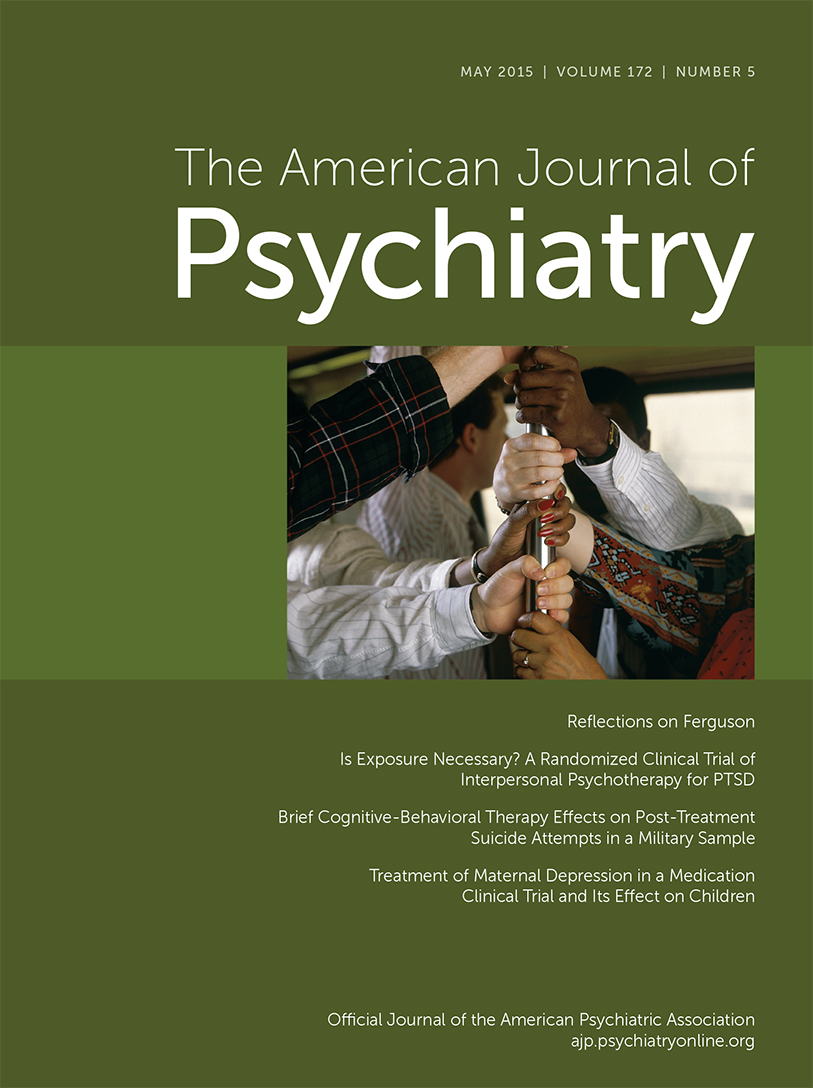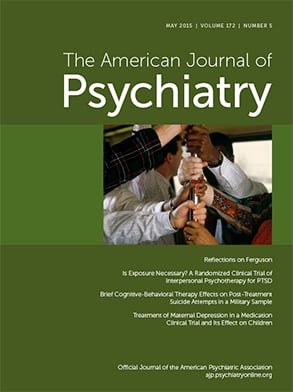On Aug. 9, 2014, in Ferguson, Missouri, an 18-year-old African American teen named Michael Brown was fatally shot on a public street by Officer Darren Wilson. To offer more information regarding the details of this event would invite unnecessary criticism and distract from the point of this discourse. The world watched as weeks of clashes between protesters and police officers ensued and sympathies grew. As I write these words, the violence in that heretofore unnoticed city has not diminished, and avid supporters and detractors continue to stoke the fires sparked by that fateful day. It was during my daily perusal of Twitter last summer that I first read reports of the shooting in Ferguson; there also I learned of the Department of Justice report and resultant commentary on the state of race relations within these United States.
I note here that while older generations may discount the impact of social media, they have greatly transformed communication among marginalized groups. Among these populations number people of color, particularly African Americans, who have formed their own niches within social media. For example, the very popular “Black Twitter” powerfully stood in solidarity on #BlackOutDay, when black people of the diaspora joined together to share positive photos and phrases. Facebook, Twitter, Instagram, Tumblr, and countless other sites have become platforms by which nondominant groups can convey their perspectives about the world without shame or guilt, and above all without fear of being silenced. It is here that they can share their perception that the color of their skin is very often a chip stacked against them and convey their daily frustrations due to the same. I witnessed this sharing as thousands of “re-blogged” Tumblr posts about Ferguson and similar shootings flooded my timeline, traversing media platforms with ease. In August I sat overwhelmed for days as I read through the stories by people of color describing the horror that they experienced upon hearing the emerging details. They repeatedly expressed a fear for their own lives, an anger that this continues to happen in the 21st century, and dismay at the seeming lack of attention this event initially received.
There is a comparative dearth of research focusing on the impact of racism on its sufferers. Up until approximately the past 20 years a great number of the studies evaluating racism targeted the motivations behind it rather than the effect on nondominant groups. Although complex and sensitive, studies since the 1990s evaluating the prevalence of externalizing behaviors in African American youth (
1) have often ignored psychosocial influences leading to the same, leaving even perceptive readers with partial information. Data intimating that African American youth are more prone to violence (
2) without possible explanations therefore can make perpetuation of pre-existing stereotypes through confirmation bias a facile process.
While the research does not delineate clear connections between depression and suicide with regard to exposure to persistent institutional disparities, there is a clearer connection between African American youth, stress, and externalizing behaviors (
3), which can have dire consequences for them in the future. Specifically, there is an equally clear connection of racist practices within the justice system around the country to longer sentences for African American youths for similar crimes and to fewer economic opportunities outside long after time served, compared with those for whites (
4). Data like the above circulated on Twitter and Tumblr, educating millions and spurring them to action either in angry defense or fiery disbelief.
As we budding psychiatrists progress throughout our residencies, trainees cannot neglect the fact that whether or not we hear the stories African Americans share describing the very real impact of racism, they occur nevertheless—continually and with fervor. My residency at Morehouse School of Medicine instilled in me the import of cultural competence in psychiatric care. Moreover, it impressed on me that the practice of psychiatry is shaped as often by the viewpoints and assumptions of its practitioners as it is by the type of patients we care for. Disparities in the care of psychiatric patients are often so subtle that they can easily be unnoticed, and in this we as physicians can falter in delivering comprehensive care. However, patients of African descent are keenly aware of even the suspicion of unequal care, which further engenders mistrust of medical professionals as a whole and dually so of mental health clinicians.
As we progress throughout our residencies, trainees cannot neglect the fact that whether or not we hear the stories African Americans share describing the very real impact of racism, they occur nevertheless—continually and with fervor. The cultural impact of racism and the stressors that naturally follow those who endure it will forever control the approach of these peoples to mental health care. Social media engender cultural dialogues revealing the approach to psychiatric care by members of marginalized populations. These conversations are impactful and cannot be ignored. We will always be remiss in our treatment if this is not an essential part of our consciousness and training.

